The Assyrians are an ancient people who originated from Mesopotamia, which corresponds to modern-day northern Iraq, southeast Turkey, northeast Syria, and western Iran. They are most famously known for their powerful empire, which flourished between 2500 BC and 609 BC.
The Assyrian Empire was one of the earliest major empires in human history and was renowned for its military prowess and advanced administrative system. The Assyrians were also notable for their achievements in art, architecture, and technology, including constructing magnificent palaces and developing a sophisticated bureaucracy.
Culturally and linguistically, the Assyrians are linked to the Akkadian-speaking peoples of the Ancient Near East. Their language, Assyrian, is a dialect of Akkadian, which evolved into various forms over the centuries, including the Neo-Assyrian used during the empire's height.
Today, " Assyrian " refers to the ethnic group descending from these ancient people, part of the broader Aramean-Syriac heritage. Modern Assyrians are primarily Christians and have their own unique cultural and religious traditions. However, they are a minority group in every country they reside in, facing various degrees of persecution and displacement throughout their history, especially in the 20th and 21st centuries.
Discover ten things about the Assyrian history, culture, and faith.
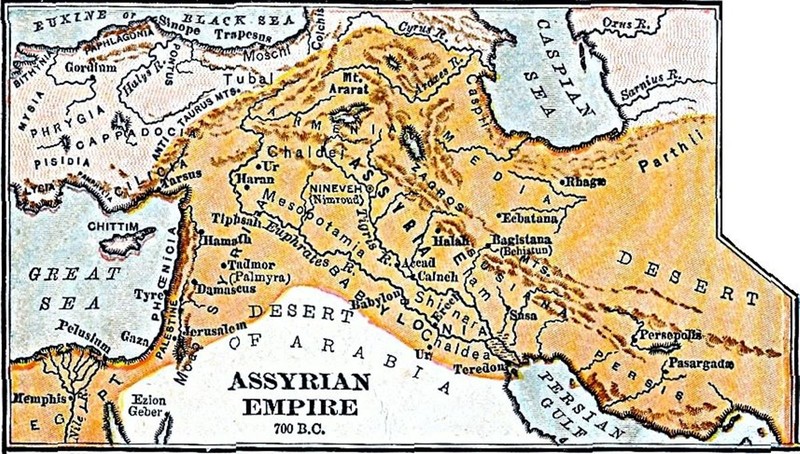
The Origin of Assyrians
The story of the Assyrian people originates with the emergence of Akkadian speaking peoples in Mesopotamia sometime between 3500 and 3000 BC. This then led to the development of Assyria in the 25th century BC.
During the early bronze age era, Sargon of Akkad joined all the native Semitic-speakers and the Sumerians of Mesopotamia, including the Assyrians, under the Akkadian Empire from 2335–2154 BC. Assyria was for most of this time a strong and relatively advanced nation and a primary center of the Mesopotamian civilization and religion.

The Three Empires of Ancient Assyria
The Old Assyrian Empire (2025–1750 BC): This era is the earliest period for which there are findings of a distinguished culture, different from that of southern Mesopotamia, thriving in the capital city of Ashur, settled on the Tigris River in present-day Iraq. The image below is of the Old Assyrian Empire.
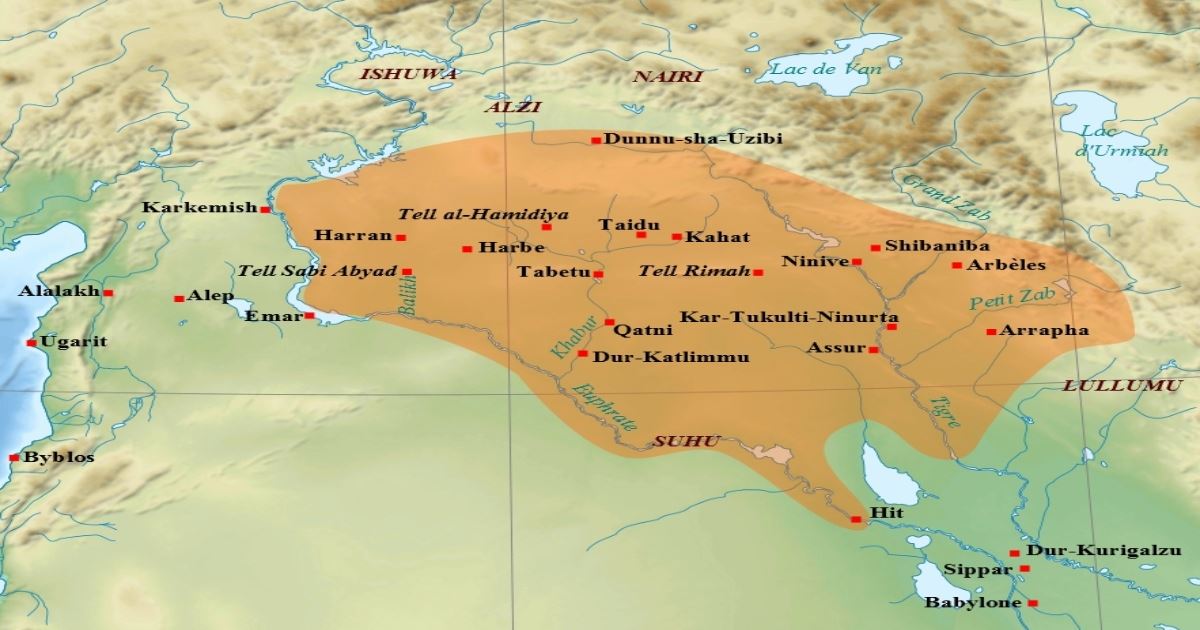
The Middle Assyrian Empire (1365–1020 BC): The Middle Era observed the reigns of notable kings, such as Ashur-uballit I, Arik-den-ili, Tukulti-Ninurta I and Tiglath-Pileser I. During this time, Assyria defeated the realm of the Hurri-Mitanni and surpassed the Hittite, Egyptian, and Babylonian empires in size and power.
The Neo-Assyrian Empire (911–605 BC): This Assyrian era was during the Iron Age and became the biggest empire in the world up to that point. The Assyrians developed early methods of imperial rule that would become a practice in later empires and, according to many historians, was the first true empire in history. The Assyrians were the first to be outfitted with iron weapons and employed military tactics that made them undefeatable in their time. The image below is of the Neo-Assyrian Empire.
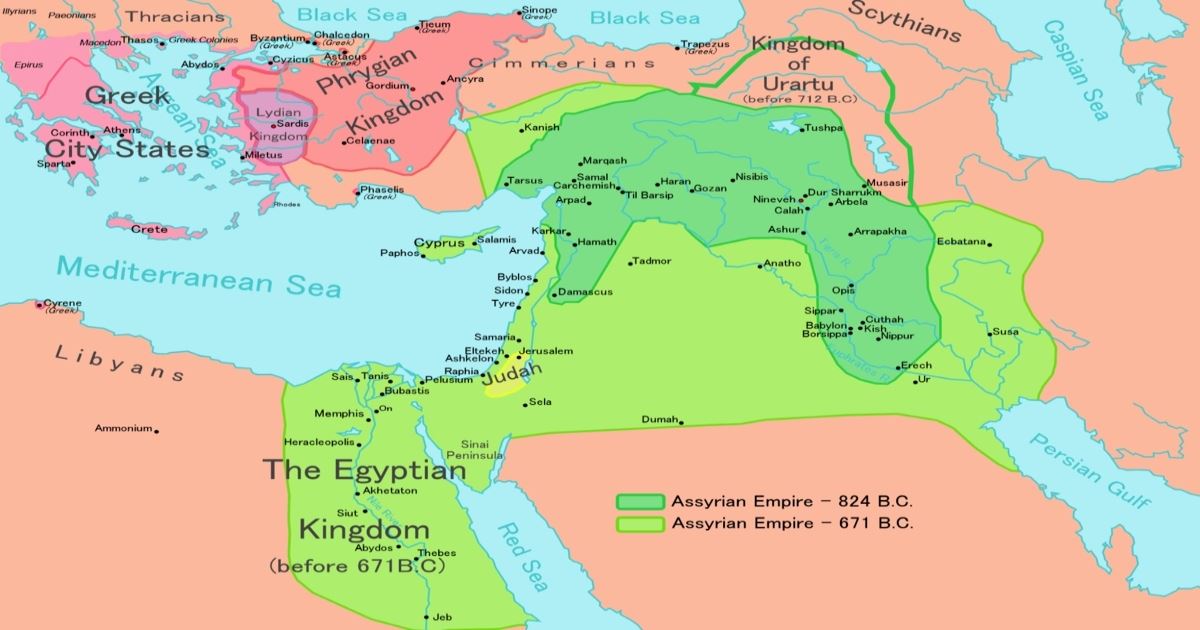
Images courtesy of Wikipedia.org
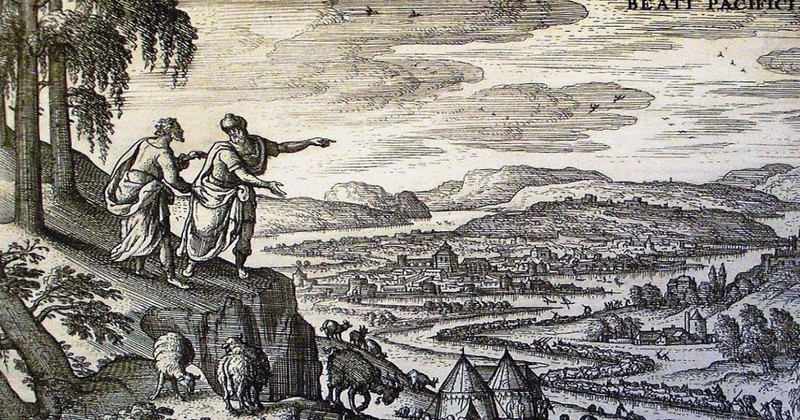
Assyrians Proclaim to Descend from Abraham
According to their tradition, the Assyrians are descendants of Abraham, the ancestor of the ancient Assyrians. Along with the Arameans, Phoenicians, Armenians, and Greeks, they were part of the original people who converted to Christianity and developed Eastern Christianity in the Far East.
However, historical and archaeological evidence shows that the Assyrians do not directly descend from Abraham. Instead, they trace their origins to the ancient civilization of Mesopotamia, particularly the city-states and regions that would later form the Assyrian Empire, such as Assur and Nineveh.
Abraham, a central figure in Judaism, Christianity, and Islam, is traditionally considered to have originated from the Ur of the Chaldeans, also located in Mesopotamia. The historical and biblical narrative places Abraham's life several centuries after establishing the early Assyrian city-states.
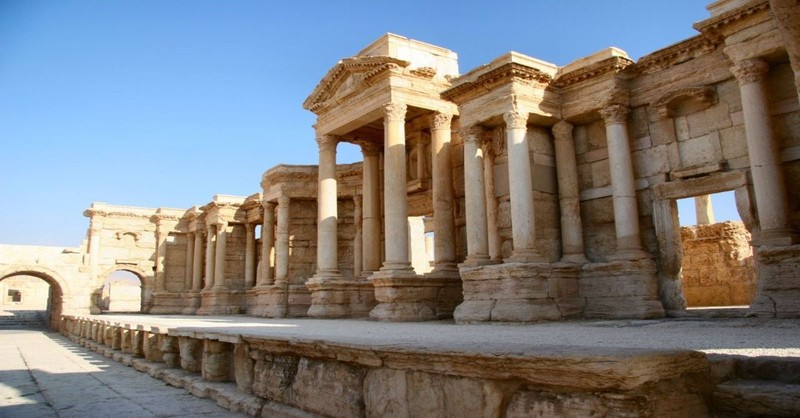
Assyrian Province in the Roman Empire
The territory of Syria, then home to many Assyrians, became a Roman province in 64 BC, following the Third Mithridatic War. The Assyria-based soldiers accounted for three divisions of the Roman army, protecting the Parthian boundary. Syria was of significant strategic value during the trials of the third century. From the later 2nd century, the Roman senate included several notable Assyrians, including Claudius Pompeianus and Avidius Cassius. In the 3rd century, Assyrians even reached for imperial power, with the Severan dynasty.
From the 1st century BC, Assyria was the stage of the ongoing Perso-Roman Wars. It would become a Roman province once again between 116 and 363 AD, although the Roman authority of this province was unstable and was often yielded to the Parthians and Persians.

Muslim Conquest of Assyrians
After the Arab Islamic Conquest of the mid 7th century AD, Assyria was demolished as an entity. The before basic civilization of the desert-dwelling Arabs was greatly improved and enriched by the culture and knowledge of native Mesopotamian scientists and scholars.
Assyrian Christians contributed to the Arab Islamic civilization by translating works of Greek philosophers to Syriac and later to Arabic. However, despite this, native Assyrians became second-class residents in a greater Arab Islamic state, and those who resisted conversion to Islam were subjected to religious, ethnic and cultural discrimination, and had several restraints inflicted upon them.
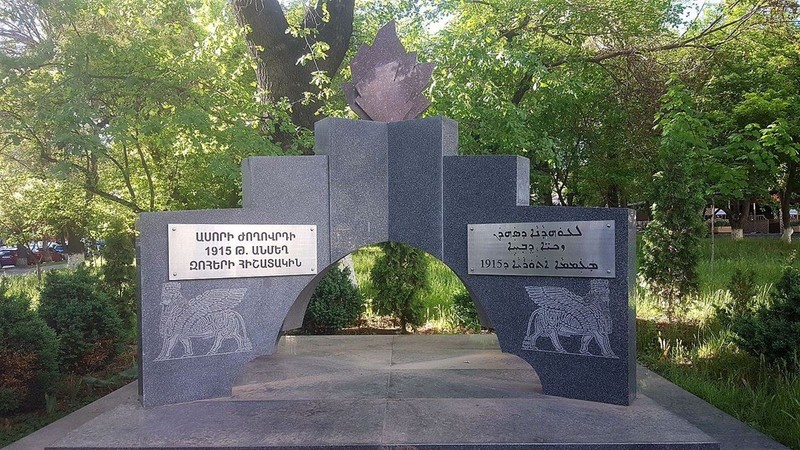
The Assyrian Genocide
The Assyrian genocide refers to the mass killing of the Assyrian population of the Ottoman Empire and those in neighboring Persia by Ottoman troops during the First World War, in association with the Armenian and Greek genocides.
The Assyrian civilian population of upper Mesopotamia was coercively relocated and decimated by the Ottoman (Turkish) army, together with other allied Muslim peoples, between 1914 and 1920, with additional attacks on defenseless migrating civilians enacted by local Arab militias.
The Assyrian genocide took place in the same circumstances as the Armenian and Greek genocides. Since the Assyrian genocide occurred within the setting of the much more extensive Armenian genocide, research discussing it as a distinguished matter is uncommon.
Pictured above is a Memorial for the Assyrian Genocide from Wikipedia.org
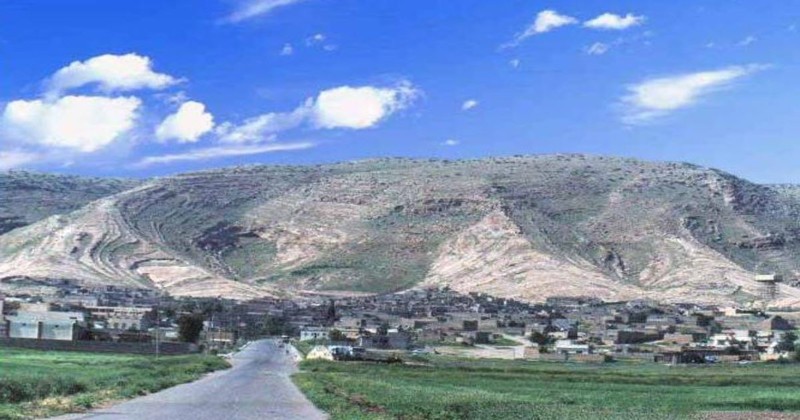
Modern Assyrian Persecution
The majority of Assyrians residing in what is today modern Turkey were compelled to flee to either Syria or Iraq after the Turkish victory of the Turkish War of Independence. In 1932, Assyrians declined to become part of the newly established state of Iraq and rather demanded their recognition as a separate nation.
Since the 2003 Iraq War social turmoil and disorder have produced the unprovoked infliction of Assyrians in Iraq, mostly by Islamic extremists, and Kurdish nationalists. In areas such as Dora, a community in southwestern Baghdad, the majority of its Assyrian population has either fled abroad or to northern Iraq or have been murdered. Islamic anger over the United States' invasion of Iraq, and occurrences such as the Muhammad cartoons and the Pope Benedict XVI Islam controversy, have resulted in Muslims attacking Assyrian communities. Since the beginning of the Iraq war, at least 46 churches and monasteries have been bombed.
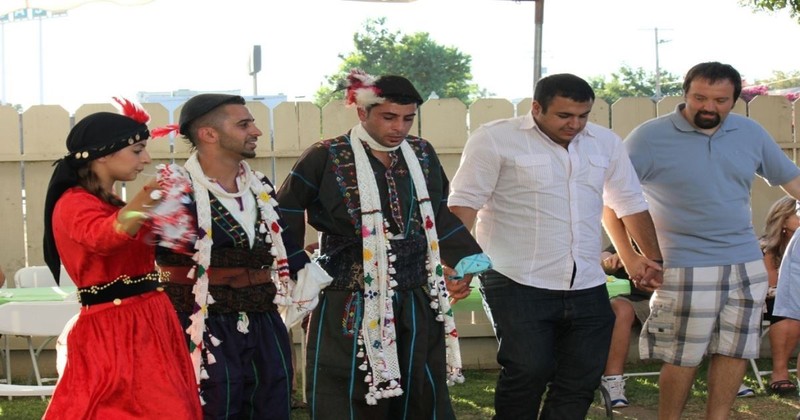
Assyrian Culture
Assyrian culture is broadly inspired by Christianity. Common festivals occur during religious holidays such as Easter and Christmas.
Assyrians often enact greetings and farewells with a kiss on each cheek and by saying Shlama/Shlomo lokh, which means: "Peace be upon you" in Neo-Aramaic. Others are greeted with a handshake with the right hand only; as according to Middle Eastern traditions, the left hand is affiliated with evil.
There are many Assyrian traditions that are prevalent in other Middle Eastern cultures. For instance, a parent will often place an eye pendant on their baby to prevent "an evil eye being cast upon it". Assyrians are endogamous, meaning they ordinarily marry within their own ethnic community, although exogamous marriages are not regarded as a taboo, unless the foreigner is of a different religion, particularly a Muslim.
Assyrian Music
Assyrian music is a blend of traditional folk music and western modern music genres, namely pop, but also rap and recently, EDM. Instruments traditionally used by Assyrians include the zurna and davula, but has grown to include guitars, pianos, violins, synthesizers (keyboards and electronic drums), and other instruments.
Assyrian Dancing
Assyrians have various traditional dances which are performed mostly for special events such as weddings. Assyrian dance is a mixture of both ancient indigenous and common near eastern elements. Assyrian folk dances are largely made up of circle dances that are performed in a line. The most common form of Assyrian folk dance is "khigga," which is commonly danced as the bride and groom are greeted into the wedding reception.

Syriac Christianity - Assyrian Denominations
Assyrians belong to several Christian denominations, such as the Assyrian Church of the East, with an estimated 400,000 members. The Chaldean Catholic Church has about 600,000 members; the Syriac Orthodox Church has between 1,000,000 and 4,000,000 members globally (only some of whom are Assyrians); and the Ancient Church of the East has about 100,000 members.
A modest minority of Assyrians affirmed the Protestant Reformation in the 20th century, possibly due to British influences, and are now organized in the Assyrian Evangelical Church, the Assyrian Pentecostal Church, and other Protestant Assyrian groups. While Assyrians are predominantly Christian, an echoing minority, especially those living in the West, tend to be irreligious or atheistic.
Many members of the following churches regard themselves as Assyrian. Ethnic identities are often profoundly intertwined with religion, a legacy of the Ottoman Millet system. The group is traditionally characterized as adhering to various churches of Syriac Christianity and speaking Neo-Aramaic languages. It is subdivided into:
- Assyrian Church of the East and Ancient Church of the East following the East Syrian Rite, also known as Nestorians
- Syriac Orthodox Church following the West Syrian Rite, also known as Jacobites
- Syriac Catholic Church following the West Syrian Rite
The terms "Assyrians" and "Syriacs" often refer to the same ethnic group, but the usage can vary based on religious, cultural, and historical contexts.
Assyrians historically trace their heritage back to the ancient Assyrian Empire of Mesopotamia. Today, the term generally refers to the ethnic group speaking Neo-Aramaic languages and belonging predominantly to various Eastern Christian denominations, such as the Assyrian Church of the East, Ancient Church of the East, Chaldean Catholic Church, and Syriac Orthodox Church.
On the other hand, Syriacs often refers explicitly to members of the Syriac Orthodox Church and can also be used broadly to include speakers of the Western dialects of Aramaic. The term "Syriac" relates more directly to the cultural and linguistic tradition centered around the Syriac language, a form of Middle Aramaic that evolved in Edessa (modern-day Şanlıurfa, Turkey) and became a primary literary and liturgical language for Christians in the Middle East.
Despite these distinctions, in many contexts, especially in the diaspora, the terms "Assyrian" and "Syriac" are used interchangeably to describe the same people who share a common heritage and often face similar social and political challenges. Differences in self-identification can be influenced by church affiliation, national identity, and individual family history.

The Assyrian Diaspora
Assyrian diaspora refers to Assyrians residing in places outside of their ancestral homeland after leaving from fear of persecution and violence.
Since the Assyrian genocide, many Assyrians have fled the Middle East completely for a more secure and prosperous life in the countries of the Western world. As an outcome of this, the Assyrian population in the Middle East has diminished significantly.
As of today, there are more Assyrians in the diaspora than in their homeland. The largest Assyrian diaspora communities are found in Sweden (100,000), Germany (100,000), the United States (80,000), and in Australia (46,000).
Sources
Assyria | Ancient.eu
Assyrian People | Wikipedia.org
This article is part of our Denomination Series listing historical facts and theological information about different factions within and from the Christian religion. We provide these articles to help you understand the distinctions between denominations including origin, leadership, doctrine, and beliefs. Explore the various characteristics of different denominations from our list below!
Catholic Church: History, Tradition & Beliefs
Jehovah's Witnesses & Their Beliefs
The Church of Latter Day Saints & Their Beliefs
Baptist Church: History & Beliefs
Presbyterians: History & Beliefs
Mennonites & Their Beliefs
United Methodist Church: History & Beliefs
Seventh-Day Adventists & Their Beliefs
The Pentecostal Church: History & Beliefs
Lutheran History & Beliefs
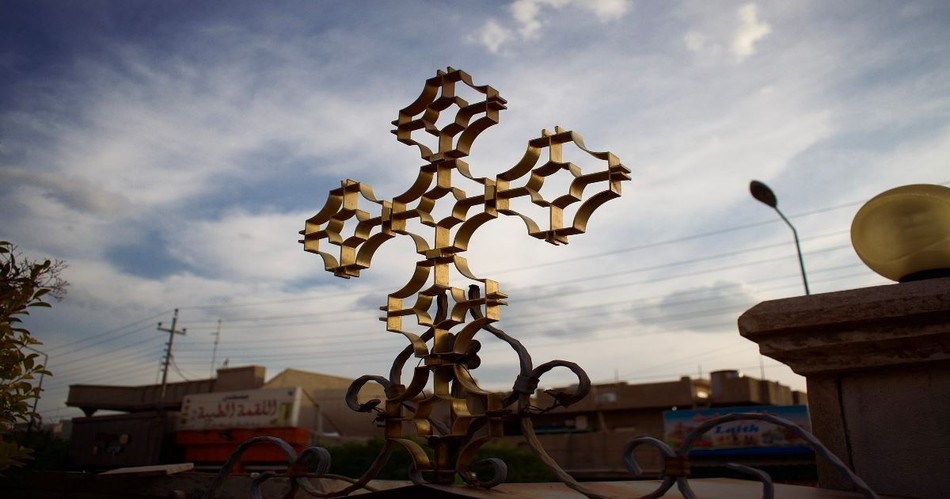


.jpg)

.jpg)